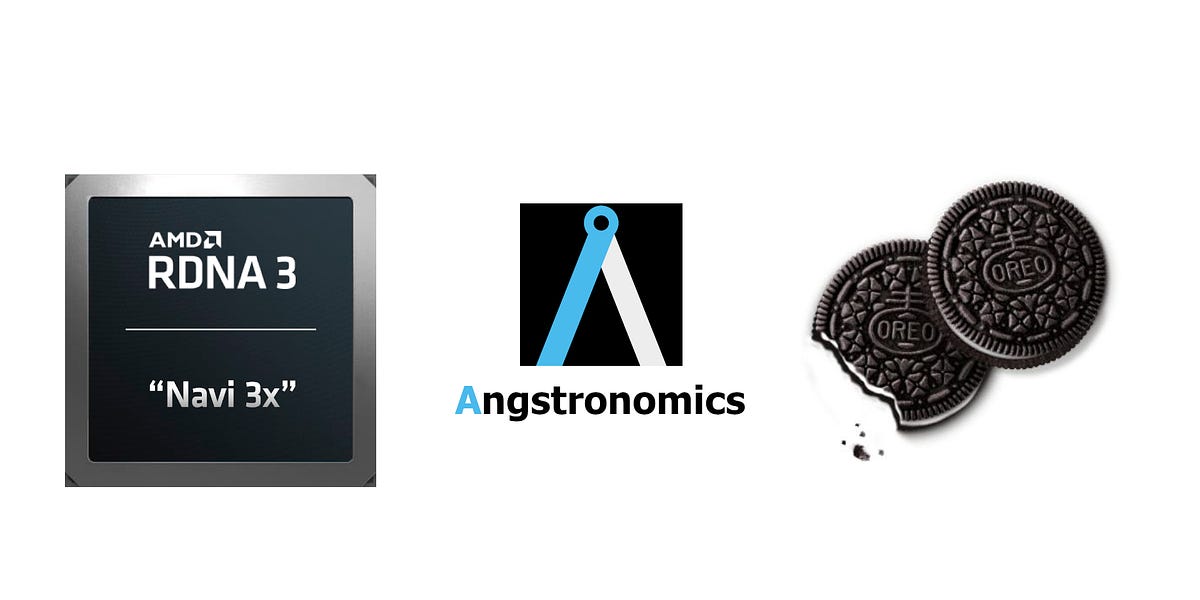DegustatoR
Legend
I'm not sure that they are "vanishingly" low and considering the cost of advanced nodes even low defects rate may have a sizeable price difference.Defect rates on 6/7nm are vanishingly low and MC/PHY/Cache defect sensitivity is also extremely low. So small dies for these functions provide no advantage.

